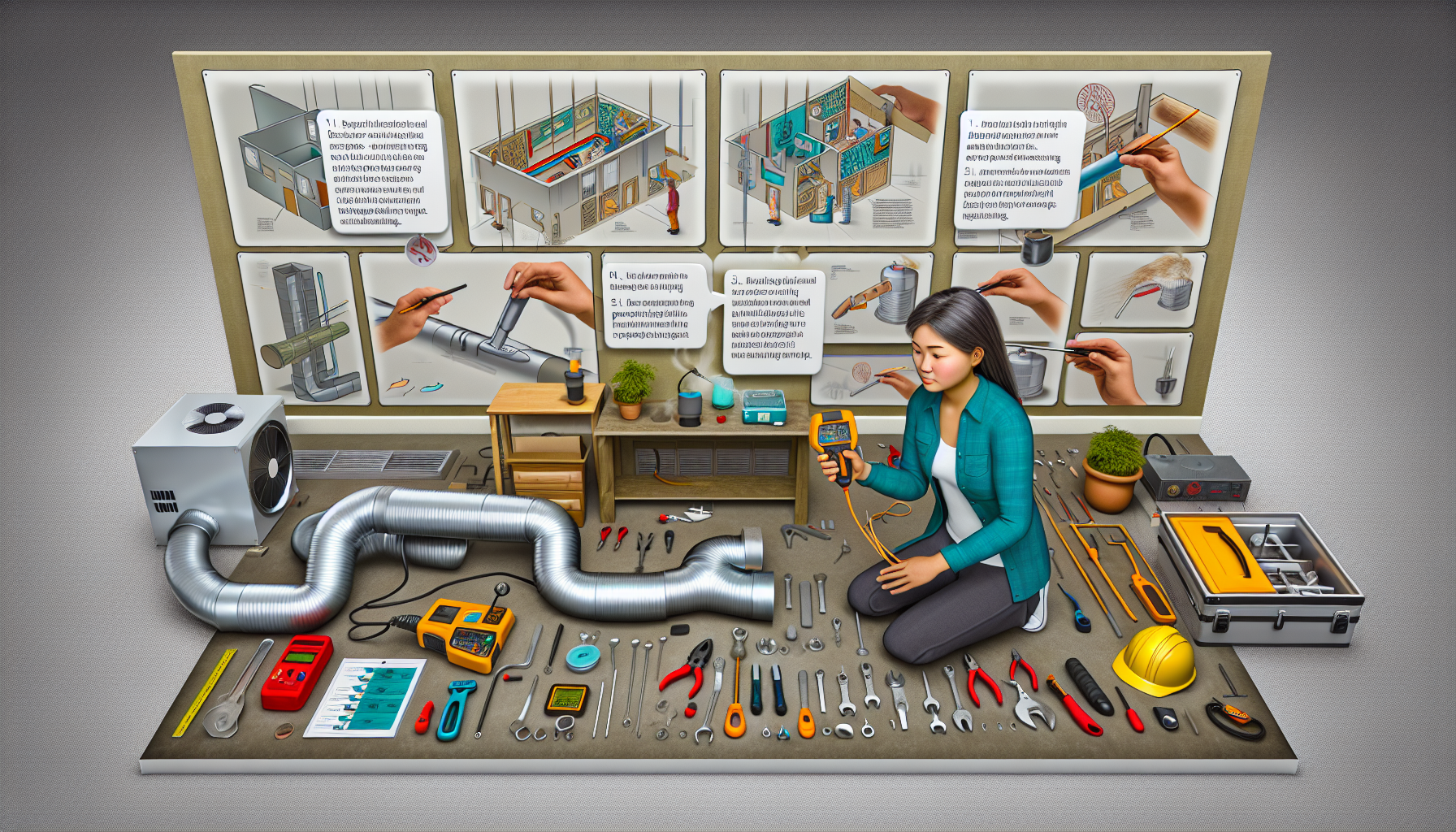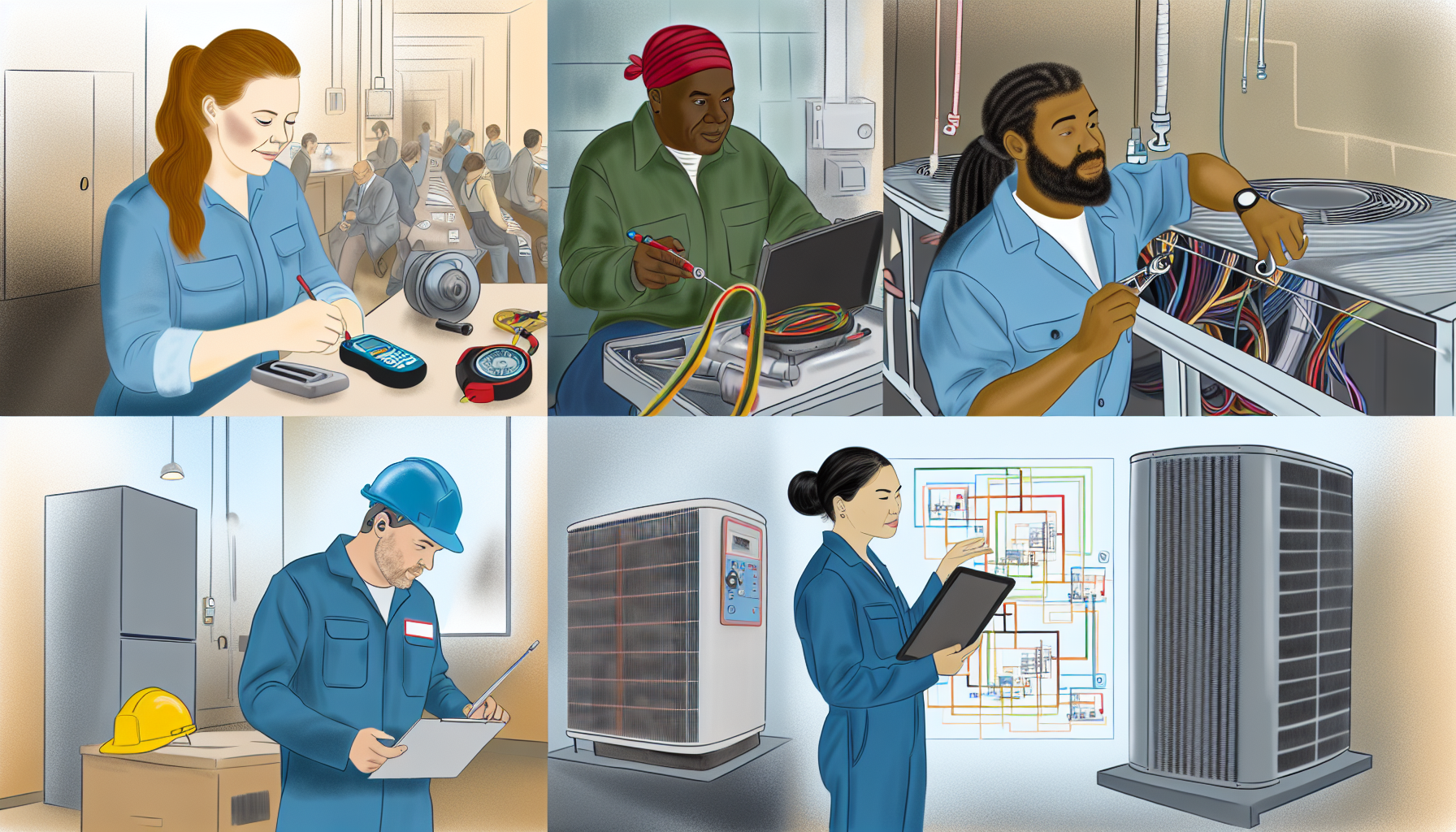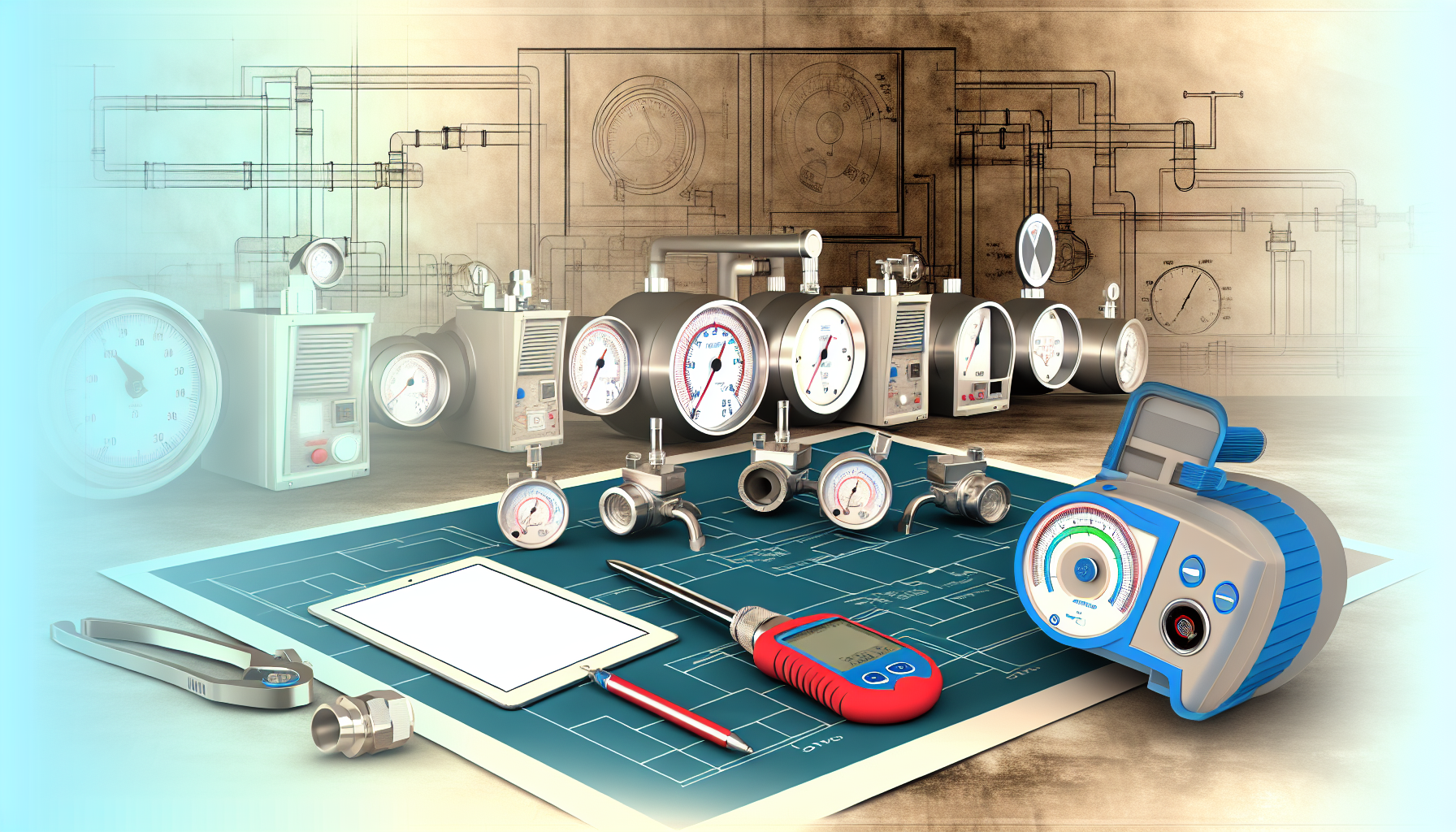Understanding the Importance of HVAC Humidity Control
Controlling humidity within your living or working space is vital for comfort, health, and the integrity of your home or building structure. Too much humidity can lead to mold growth, deteriorate building materials, and can make the indoor environment feel stuffy and uncomfortable. On the other hand, too little humidity might cause respiratory problems, increase static electricity, and can even damage wooden furniture by causing it to crack. Mastering HVAC humidity control is therefore essential for maintaining an optimal living and working environment.
Essential Tools for HVAC Humidity Control
- Hygrometers: These tools are used to measure the relative humidity in the air. They come in digital and analog varieties and are crucial for diagnosing humidity levels.
- Humidifiers: When indoor air is too dry, a humidifier can add moisture. There are different types of humidifiers like vaporizers, ultrasonic, and evaporators.
- Dehumidifiers: In contrast, dehumidifiers remove excess moisture from the air and are essential in damp areas or seasons.
- HVAC Integrated Humidity Sensors: Newer HVAC systems often have built-in humidity sensors which help in automatically adjusting humidity levels.
- Smart Thermostats: These devices can monitor and control both temperature and humidity, and can be programmed or controlled remotely.
Techniques for Effective Humidity Control
Understanding the tools is just the beginning. For mastering humidity control, it is equally important to learn and implement the techniques that leverage these tools for maintaining the desired indoor air quality.
Maintaining Proper Ventilation
Ensuring your space is well-ventilated is crucial in controlling humidity levels. Ventilation helps expel humid air and circulate fresh, dry air throughout the indoor space. It’s particularly important in areas like kitchens and bathrooms where moisture is generated frequently. Consider integrating exhaust fans or energy-recovery ventilators (ERVs) as part of your humidity control strategy.
Regular HVAC Maintenance
Keeping your HVAC system well-maintained is also imperative. This includes regularly cleaning or changing filters, inspecting the ductwork for leaks or obstructions, and ensuring that all components of the system are functioning properly. A well-maintained system operates more efficiently and effectively, which in turn helps in maintaining proper humidity levels.
Optimal Use of Humidifiers and Dehumidifiers
Humidifiers and dehumidifiers can play a vital role in achieving the desired humidity level, but they should be used thoughtfully. Overuse of humidifiers can lead to excessive moisture, while over-dehumidifying can make the air uncomfortably dry. These devices should be employed on an as-needed basis, guided by hygrometer readings. Additionally, it’s crucial to clean and maintain these devices to prevent mold growth and ensure efficient operation.
Addressing the Building Envelope
Pay attention to the building envelope – the barrier between the interior and the exterior of a building. Sealing leaks and ensuring proper insulation can prevent the infiltration of humid outdoor air and the loss of conditioned air, both of which can significantly affect indoor humidity levels.
Optimizing System Settings
User settings on HVAC equipment and thermostats can significantly impact humidity control. For instance, setting the fan to “auto” rather than “on” can prevent the system from blowing moist air continuously. Modern smart thermostats can be particularly effective as they can adjust themselves to maintain the appropriate balance between humidity and temperature.
Best Practices for Humidity Control
Mastering humidity control requires a mixture of the right tools and smart techniques, as well as adherence to certain best practices:
- Monitor Humidity Regularly: Regularly check indoor humidity with a hygrometer to stay informed and react promptly to changes.
- Use Plants Wisely: Plants can either increase or decrease indoor humidity. Be strategic about the number and type of plants in your space.
- Adjust For Seasons: The approach to humidity control can vary by season, as outdoor humidity levels change. Adapt your strategies accordingly.
- Install Weather Stripping: Reduce the infiltration of outdoor air by installing weatherstripping on doors and windows.
- Balance Humidity Sources: Activities like cooking, showering, and drying clothes introduce moisture. Balance these with proper ventilation and moisture control techniques.
- Maintain Consistent Temperatures: Fluctuations in temperature can lead to changes in relative humidity. Keep indoor temperatures fairly consistent to prevent these shifts.
By consistently applying the above techniques and practices, you can maintain a comfortable humidity level that promotes health, protects your property, and ensures efficient HVAC performance.
FAQ Section
What is the ideal indoor humidity level?
The ideal indoor humidity level typically ranges from 30-50%. This range ensures comfort and good health while protecting your home or building from damage due to too much moisture or dryness.
How can I tell if my indoor humidity is too high or too low?
Signs of high humidity include condensation on windows, musty odors, or mold growth. Low humidity signs include static electricity, dry skin, and throat, or cracked wood. To be sure, measure the humidity with a hygrometer.
Can HVAC humidity control help with allergies?
Yes, controlling humidity can help with allergies. Too much humidity can promote the growth of mold and dust mites, which are common allergens. Keeping humidity in the optimal range reduces these allergens.
Do I need both a humidifier and dehumidifier?
Whether you need both depends on your climate and specific indoor conditions. Some areas may require both throughout the year—humidifier for dry months and dehumidifier for humid months.
Is it expensive to maintain proper humidity levels?
Maintaining proper humidity levels can be cost-efficient. Using the right tools effectively, ensuring your HVAC system is properly maintained, and following best practices can minimize the cost while maximizing benefits.








